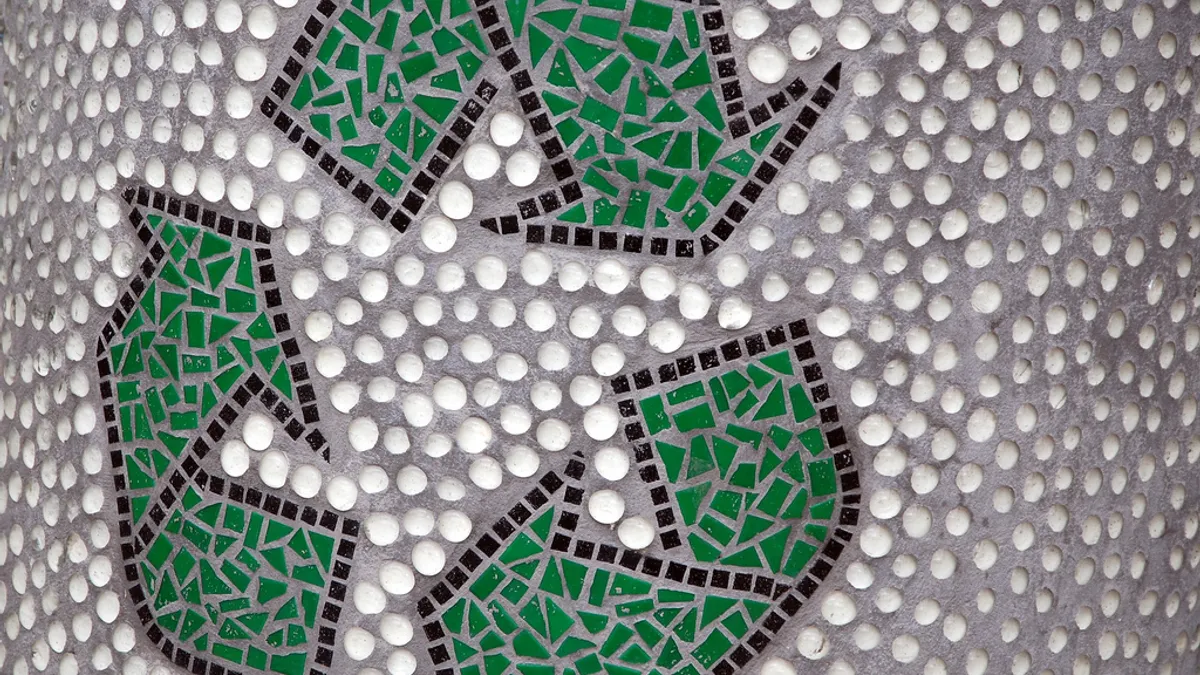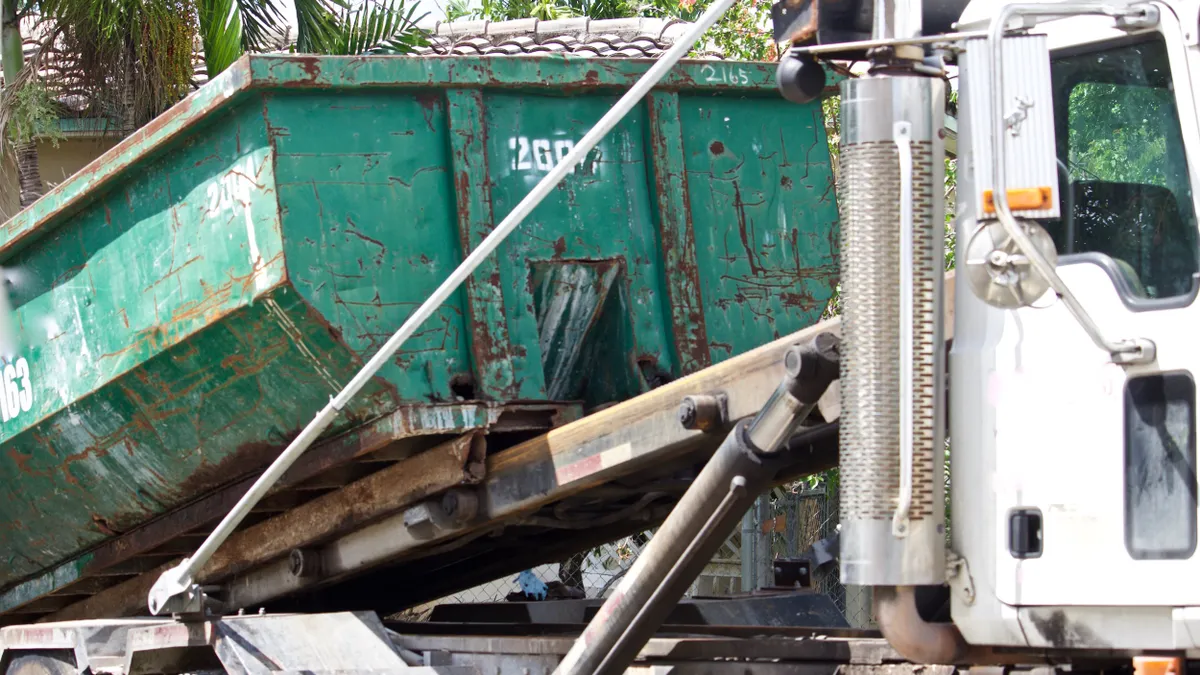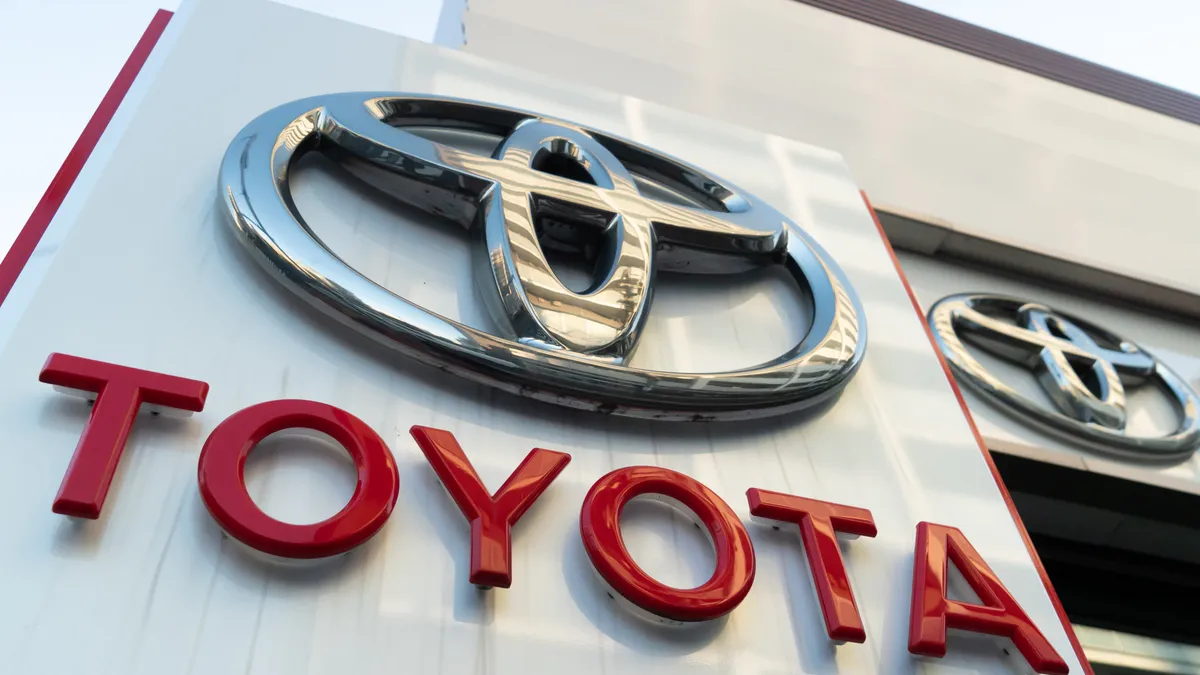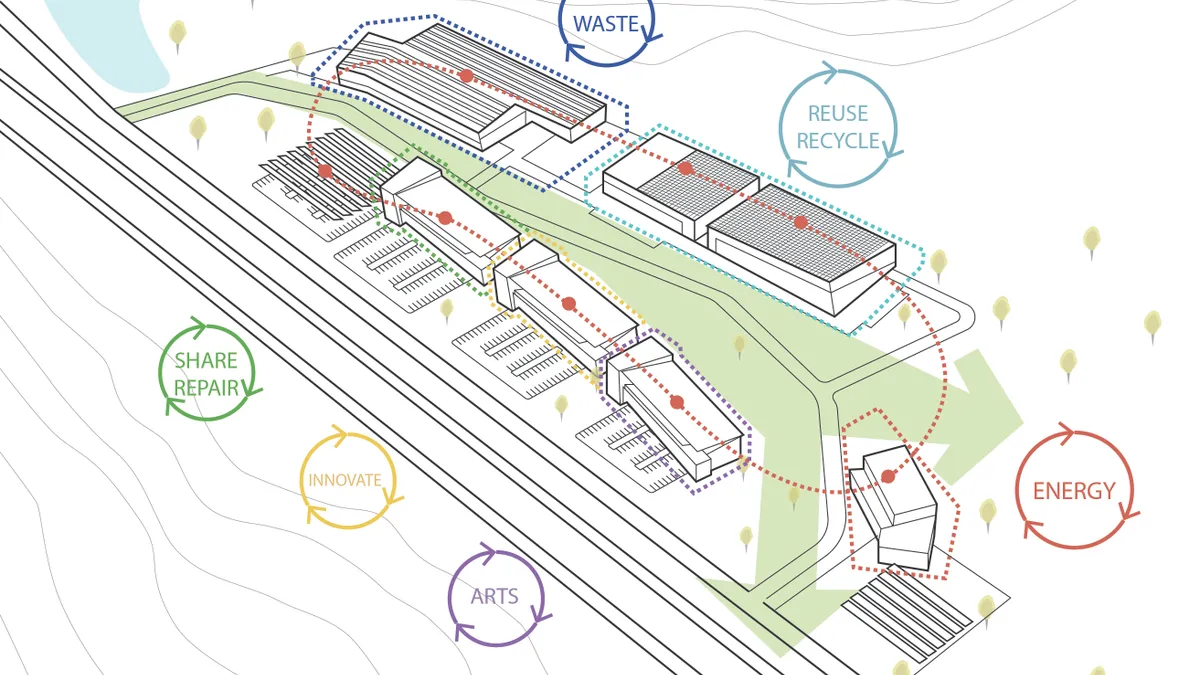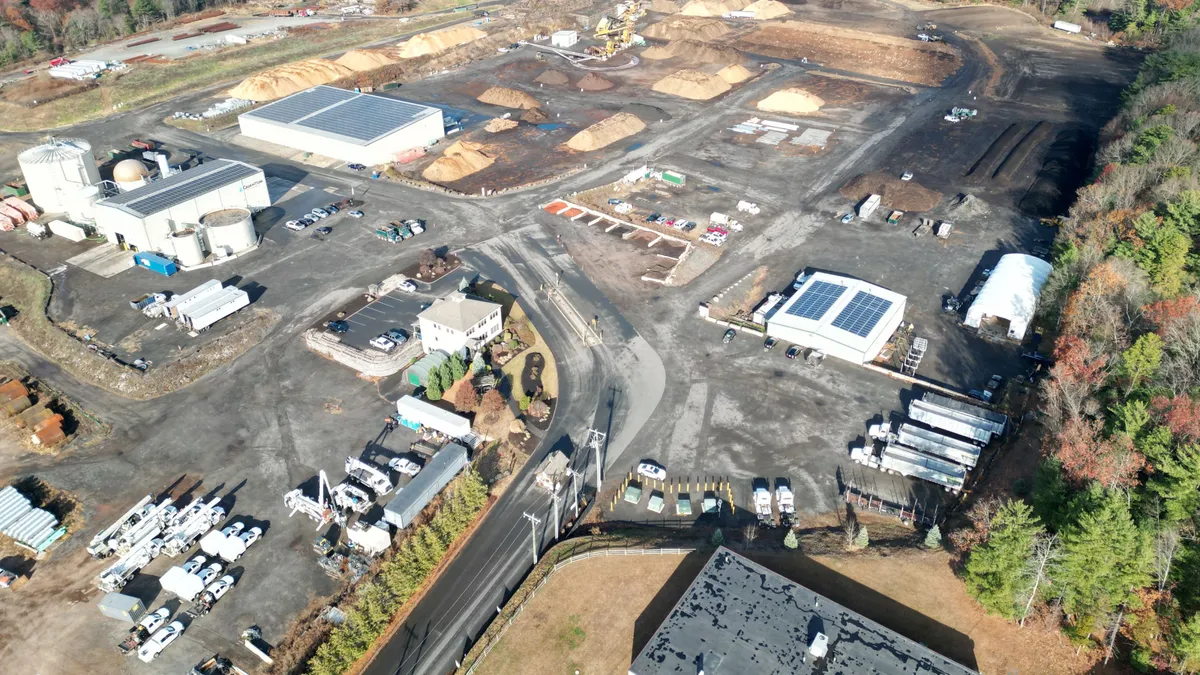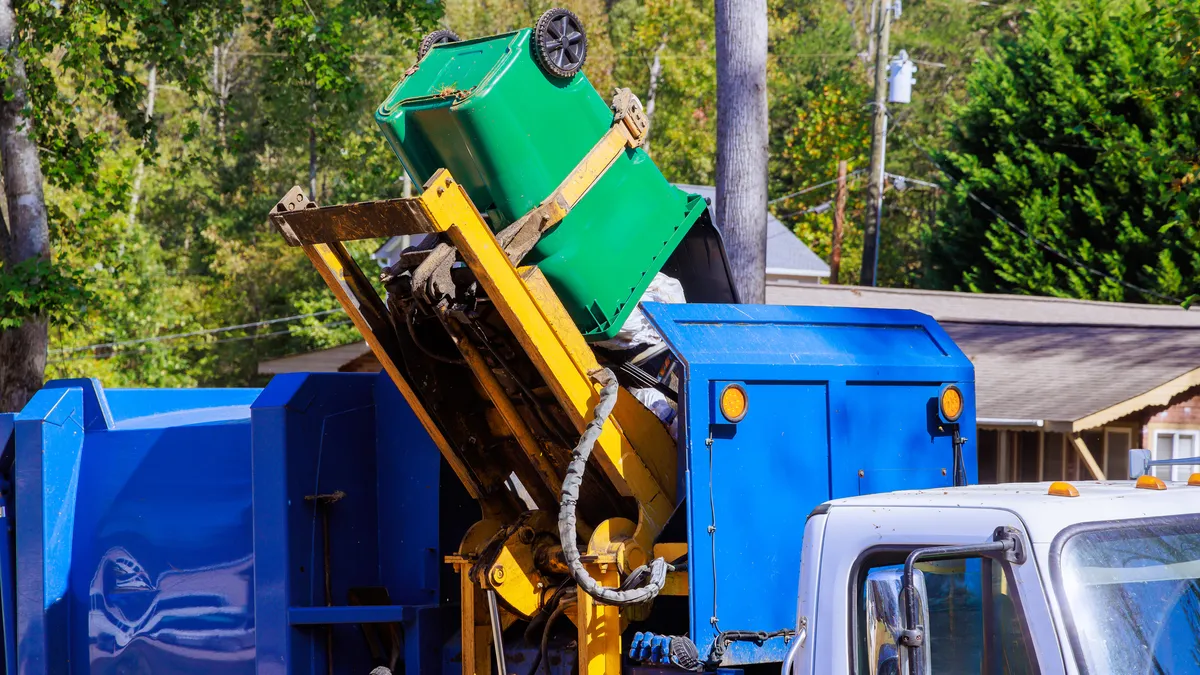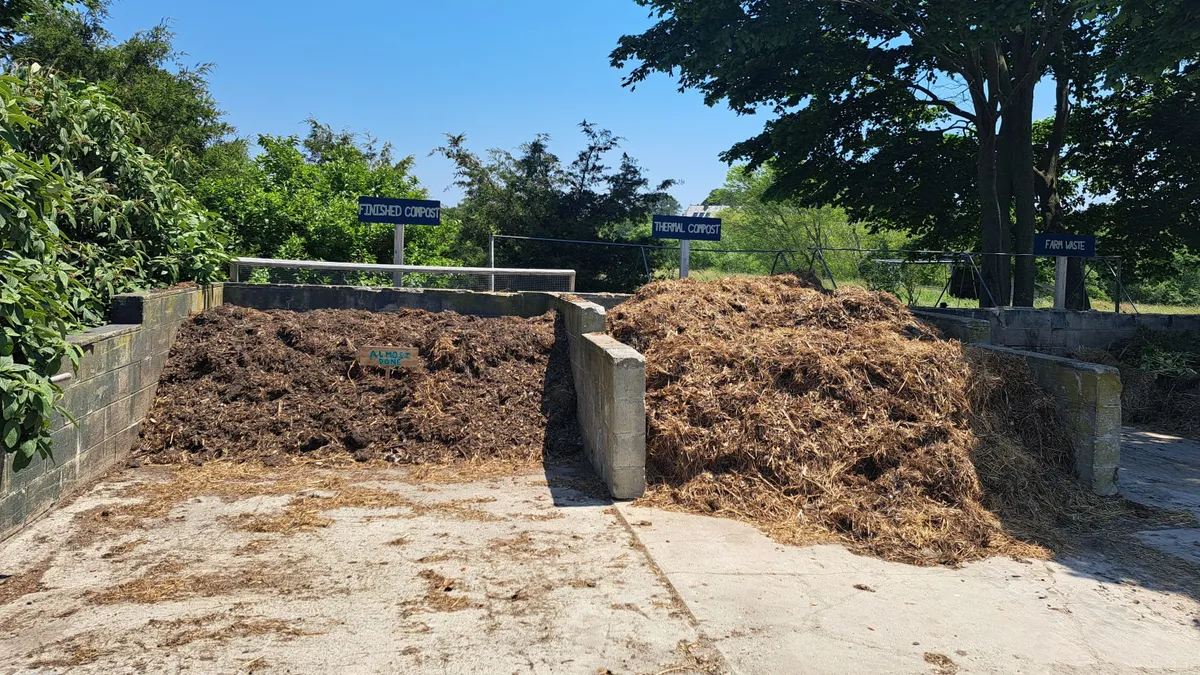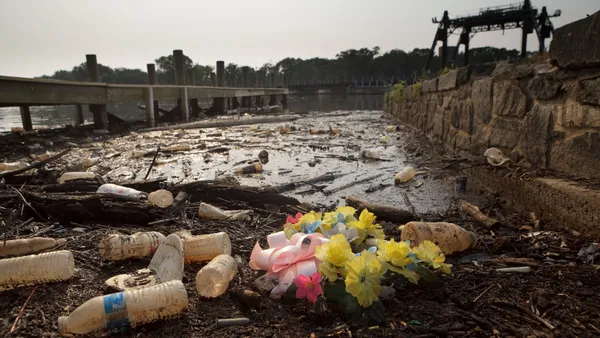The waste management industry has wildly burgeoned from the days when trash was simply landfilled or diverted to the recycling programs of the 1970s.
New technologies have introduced mega recycling systems that process massive amounts of materials an hour, as well as innovations such as digestion or systems that pelletize garbage and burn it to generate electricity.
Through these developments, industry leaders and governments are charged with watching their carbon footprint through tracking how much trash they recycle, landfill, compost, burn, or digest. But this accounting system is flawed, say some analysts, and they warn this could spell trouble for the industry—and for the environment.
"Through the current weight-based accounting system, all methods of recovery are equal [when it comes to cutting emissions]. All materials are equal. All markets are equal," said David Allaway, senior policy analyst for Oregon’s Department of Environmental Quality.
But it's not that simple, he explained. His state and a few others have begun looking through a different lens, leveraging a model called the "life cycle analysis."
"Life cycle gives us a quantitative framework to estimate the overall environmental harm or benefits associated with different processing alternatives. And it looks at individual products’ environmental impact from cradle to grave," explained Jim Levis, a North Carolina State University researcher in the Department of Civil, Construction, and Environmental Engineering. These tools are intended to show the true environmental impact tradeoff of one decision over another.
How the life cycle approach is beginning to affect Oregon's policy decisions
For years, Oregon tapped into a simple equation that the whole country uses to assess its waste: tons generated divided by tons recovered. But that is about to change radically as new legislation has called on the Department of Environmental Quality (DEQ) to adopt a system that has nothing to do with trash tonnage; rather it will be about energy savings. Oregon will become one of the earliest adopters of life cycle analysis as they change focus.
"Our state as a whole doesn’t have much of a disposal crisis; we have hundreds of years of landfill capacity. So we are less interested in the 'saving our landfills' argument and more interested in conserving resources and reducing pollution," said Allaway. "The goal is to help Oregon programs work smarter, not harder, by leveraging the most beneficial recovery methods."
The state will hire an employee this year to develop the tool and oversee this new, outcome-based recovery measure system.
It’s hard to predict the outcome or project its impact on markets, but, said Allaway, "I think we would probably see more focus on materials that have high energy benefits from recycling, such as metal and plastics. Under this new system, aluminum will count more than a ton of glass. Recycling will count more than composting. Glass bottles will count more than aggregates."
The analysis process can provide many perspectives
Analysis tools can be used to look at life cycle inventory, which is equivalent to net overall emissions. That inventory information can then be used to gauge a spectrum of impacts, for instance you can calculate financial impact from a ton of gas savings, explained Covanta's Director of Sustainability Michael Van Brunt.
He is interested in the model’s potential to affect big decisions.
"You can’t just draw circles around a few stacks or look at one facility to determine emissions and set policies. Rather we have to look at the broader picture. Life cycle can serve as a tool to ensure policy makers are doing this to prevent shifting burdens in order to make one part of the ledger look better," said Van Brunt.
For example, opponents of biomass power argue that it generates more CO2 than coal-fired plants. "This is factually correct if you look only at the stack. But this ignores the broader life cycle perspective. If you extract a ton of coal, that coal has been removed permanently from the ground," argued Van Brunt.
The equation needs to consider log residues; biomass uses those logs that would decay and turn to methane and CO2 if they were left in the forest, he explained, adding, "In a power plant you also generate CO2, but you generate electricity as well, which displaces fossil fuel emissions."
Therefore, life cycle models are designed to help state and county environmental agencies assess the benefits of one type of facility over another.
"Governments will have consultants or research groups analyze the data," said Levis. "Though if you have technical staff and time, you could do those analyses. The hope is to reduce the learning curve entailed with figuring out what to do with the data," he said.
He and his team are doing a life cycle study for Wake County, NC that is looking at recycling and other mixed-waste processing technologies, including assessing food waste management alternatives. They found combusting waste to produce electricity does better than landfilling to reduce greenhouse gas emissions.
"Knowing that combustion is superior to landfilling is policy relevant because some states don’t consider waste-to-energy as a food waste diversion process," said Levis.
Life cycle tools range in simplicity of use
One waste reduction model, EPA Warm, can do comparisons but does not allow users to fine-tune equations. Warm is for quick, first-level comparisons, such as examining emissions from composting versus landfilling.
Levis is working on a more complex model called Solid Waste Optimization Life Cycle Framework (SWOLF). Users could, for example, look at running an aerated static pile facility where air is blown through a compost pile and determine energy used and associated emissions.
"So if your process is different than the default composting system used most often, you can specify more customized processes. And you can simultaneously analyze several of them at once,” he said of the tool, slated to roll out this year.
Meanwhile, as developers try to sell their new technologies, carbon footprint needs to be a focus. "We need to focus on environmental harms and not the relatively poor proxy that is landfill diversion. Life cycle gives us the framework to do the assessments...We have these processes. Now what are the benefits? And how can they be made better?" said Levis.


